The Paul Moler Herpetological Conservation Award
Nomination statement for Mark Bailey, Jeffrey Holmes, Kurt Buhlmann, and Joseph Mitchell, recipients of the Florida Chapter of The Wildlife Society's 2007 Paul Moler Herpetological Conservation Award:
The Florida Chapter of The Wildlife Society awarded the 2007 Paul Moler Herpetological Conservation Award to Mark Bailey, Jeffrey Holmes, Kurt Buhlmann, and Joseph Mitchell for their work leading to the 2006 publication Habitat Management Guidelines for Amphibians and Reptiles of the Southeastern United States * published by the Partners in Amphibian and Reptile Conservation (PARC). The development of this book, the quality and utility of the final publication, and its well-planned dispersal are commendable. The results of the efforts of Bailey et al. will have far-reaching conservation benefits for amphibians and reptiles in the Southeast.
To paraphrase PARC's description of the Habitat Management Guidelines: The goals of the PARC guidebooks are to provide regionally-specific guidelines for managing habitats with the goals of keeping common species common, stemming the decline of imperiled species, and reducing the likelihood of species becoming listed as threatened or endangered. The guidelines are not an attempt to limit landowners' rights but serve as recommendations for landowners and managers to consider the needs of amphibians and reptiles in the course of their management activities. The hope of PARC is that if many landowners and land managers each implement some of these guidelines the cumulative effect will be positive.
Habitat Management Guidelines for Amphibians and Reptiles of the Southeastern United States is not overly restrictive in its recommendations, nor focused on the biology of species. Too often similar publications written by biologists show a lack of understanding of the target audience's goals, planning methods, and knowledge; many habitat management recommendations in wildlife publications suggest restricting the use of the tools used in management, rather than explaining the desired conditions and the effects to avoid. In contrast, Habitat Management Guidelines for Amphibians and Reptiles of the Southeastern United States provides a brief description of each ecosystem and a statement of the action to take or avoid (rather than faulting the tool), followed by a concise supporting explanation. This arrangement easily meshes with land-use planning formats used by silviculturists, range managers, and other land managers, and offers small changes that land managers can fit readily with existing management objectives and plans. The book is easy to understand and put into practice. The authors' selection and widespread use of quality photographs throughout the book, which serve to further illustrate important habitats, species, and management activities to the target audience, is impressive.
Ten thousand copies of this 88-page book were published with the assistance of contributions from leading federal and state land and wildlife management agencies, as well as non-governmental organizations including the Florida Chapter of The Wildlife Society and the Gopher Tortoise Council. Partner organizations received a free copy of the publication for every $10 contributed, resulting in thousands of copies already being used by land managers throughout the southeastern United States. Once PARC has covered the initial publication costs the book will be available to anyone free of charge as a downloadable file.
*Bailey, M.A., J.N. Holmes, K.A. Buhlmann, and J.C. Mitchell. 2006. Habitat Management Guidelines for Amphibians and Reptiles of the Southeastern United States. Partners in Amphibian and Reptile Conservation Technical Publication HMG-2, Montgomery, Alabama (88 pp.)
